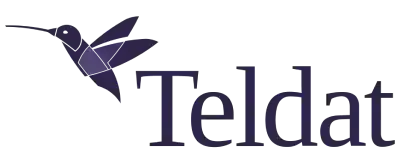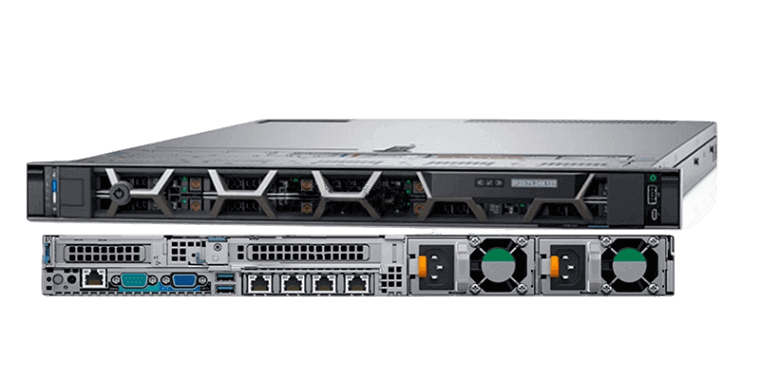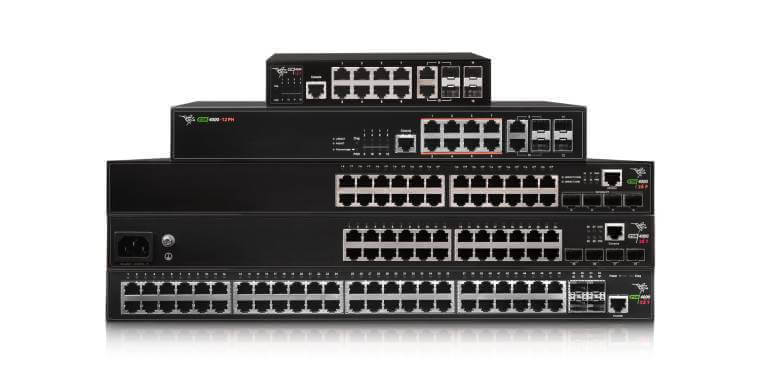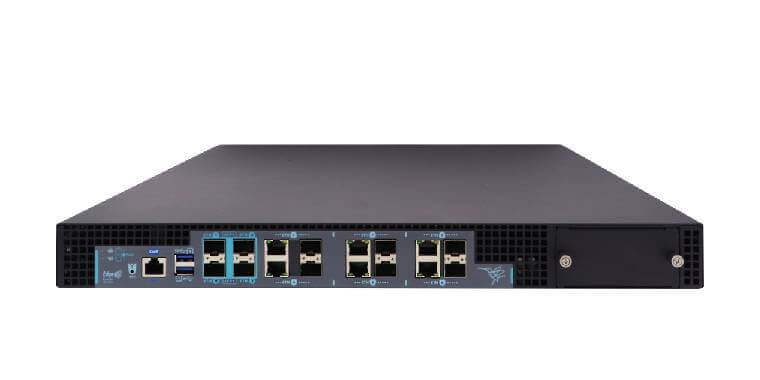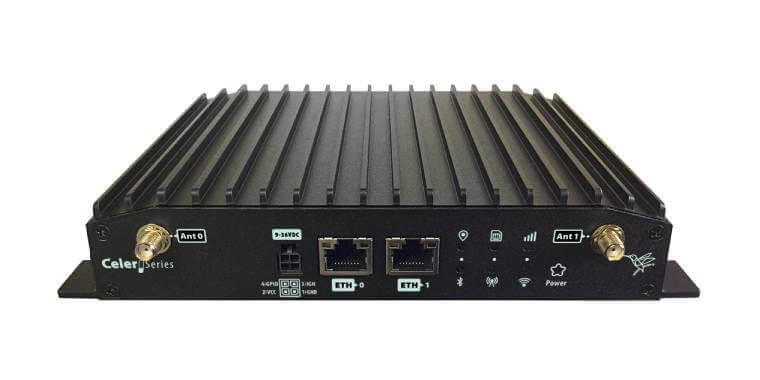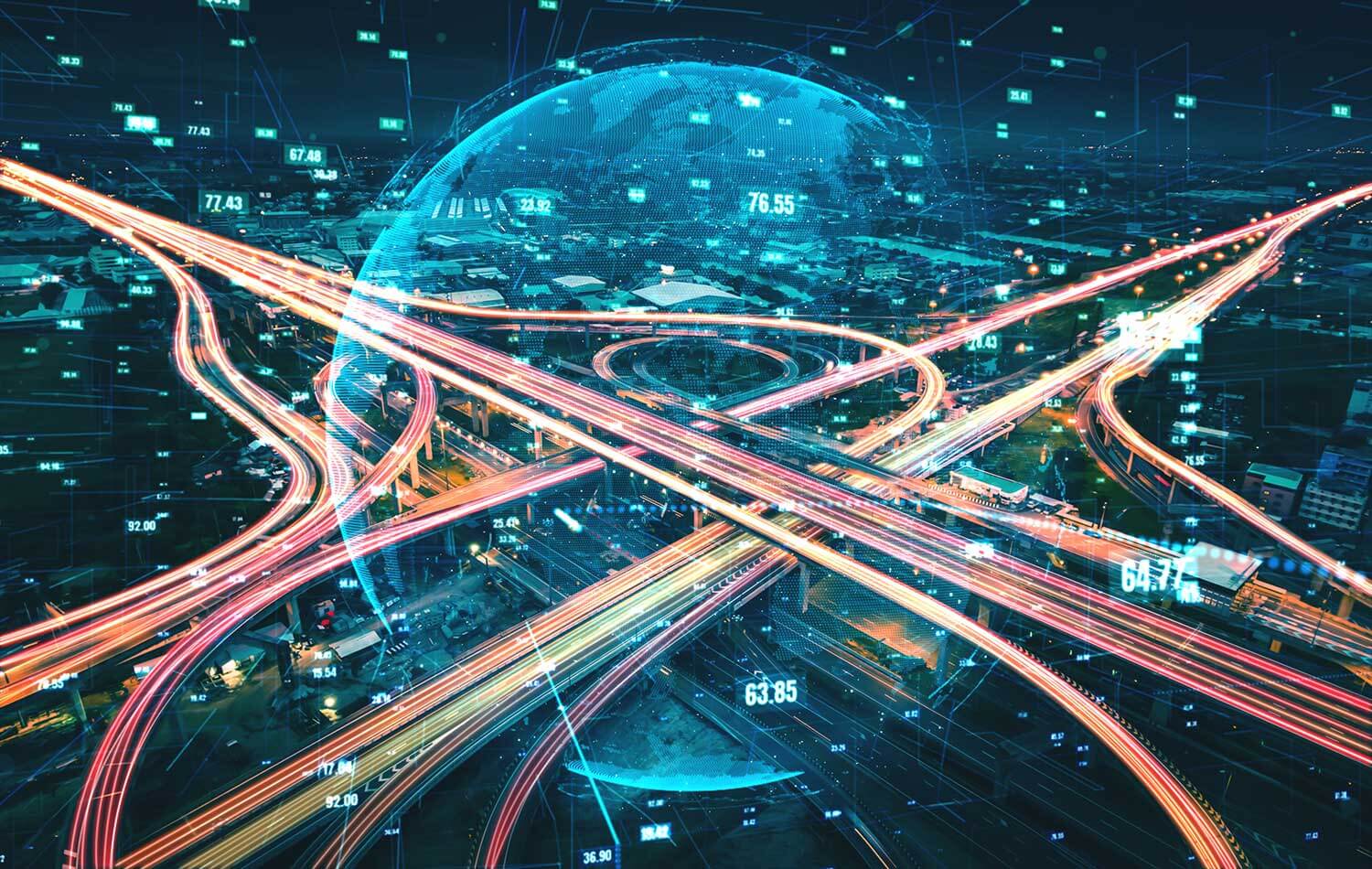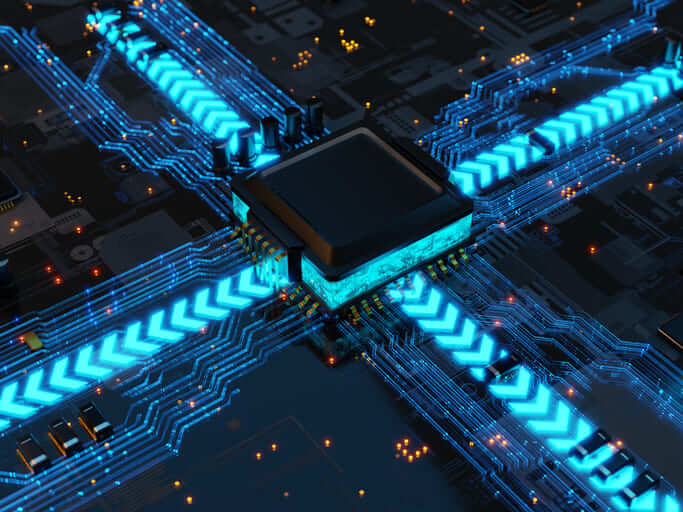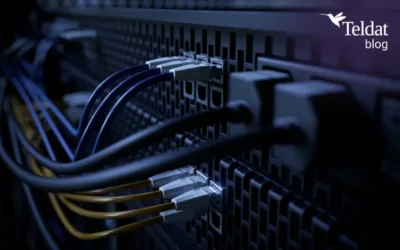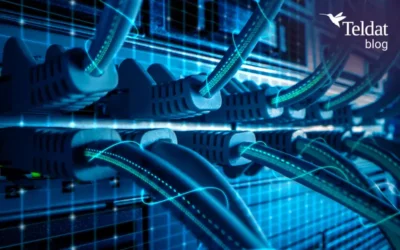SDWAN FAQs -Datacenter Edge
FAQs
1. What is the general functionality and main components of Teldat’s solution?
2. What are the possible choices for the “Datacenter Edge”?
3. Does “Datacenter Edge” supports redundancy?
4. What configuration is needed?
1. What is and what is the functions of the element “Datacenter Edge”?
Each device in the network exports traffic information to the visibility server using Netflow. All of the data is then added to a Big Data engine and presented to the user in an intuitive graphical interface with multiple filter options and visualization modes.
2. What are the possible choices for the “Datacenter Edge”?
For small networks, up to 200 remote points and 300Mbps aggregated, is available a solution based on proprietary hardware, Teldat RXL14000.
For any size of network, software vRXL is available in ISO format, to run on bare-metal or on a VM on KVM, or AMI format (Amazon Machine Image) to run on Amazon.
3. Does “Datacenter Edge” supports redundancy?
Yes, it is possible to use 2 Datacenters Edges in high availability mode, in active/active configuration, i.e. in a usual situation each one is supporting X remote sites and in case of one of them goes down, the other one assumes its connections (2X connections).
4. Does “Datacenter Edge” support scalability?
Yes. A Datacenter Edge (or couple of them in redundant mode) provides services to a specific number of sites and supports a specific aggregated throughput, but as many Datacenter Edges (or pairs of them in redundant mode) as desired can be installed.
Read our latest Blog Posts
On-board railway technology developments focusing on AI
In most productive sectors, artificial intelligence (AI) has become a key in transforming processes and optimizing business resources, making them more agile and efficient. This path towards modernization revolutionizes our life habits, as well as the technology...
About VLANs on Switches
Continuing the series of blogs posts on the most representative technologies to consider when selecting switches, this time we look at VLAN technology. VLANs arose from the need to isolate different stations operating on the same physical local network. In addition,...
The Spanning Tree algorithm in Switching: a link between reliable and efficient networks
In the boundless realm of telecommunications, making sure networks run efficiently and undisturbed is crucial. Today, we are going to focus on the fascinating Spanning Tree algorithm (STP) and its relationship with switching. We will find out how this unsung hero...
